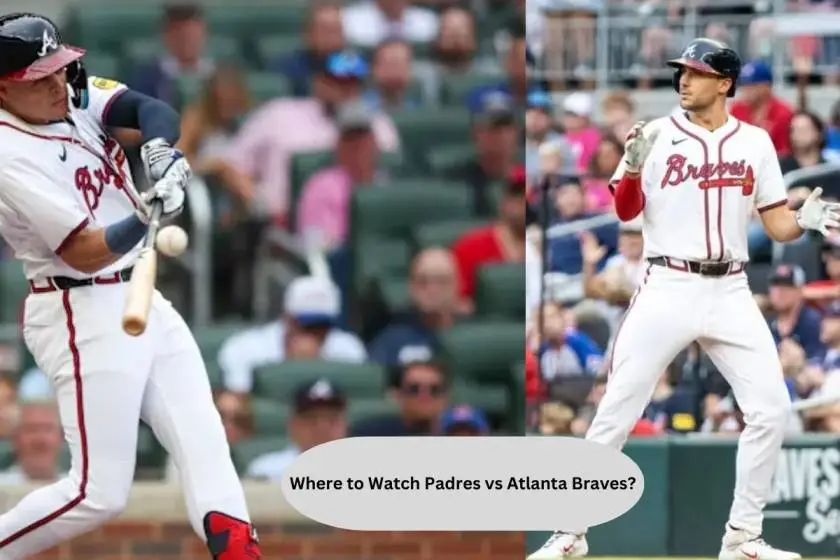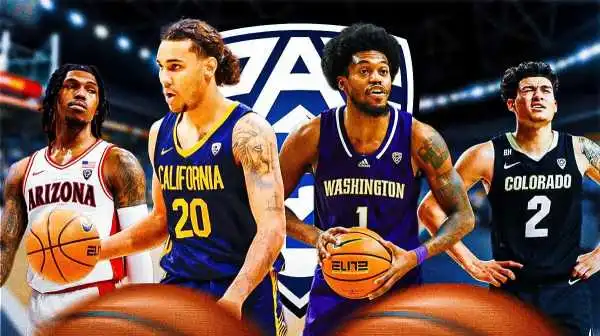
Henrik Lundqvist, Star of the Rangers and the City, Retires
The Swedish goalie, who spent his 15 N.H.L. seasons with the Rangers, indulged New York and was a rare hockey player whose stardom eclipsed his sport.
This low roar would start in one section or another at Madison Square Garden, the sounds of feet stamping and hands clapping and voices bellowing, and as the chants spread and spread it felt like the old building was quaking: HEN-reek, HEN-reek.
Down on the ice, Henrik Lundqvist had just stopped a breakaway or saved a puck with his head or completed a shutout — or, he had just been tending goal, game after game, a source of constant comfort at a position that bedeviled other franchises but not, for the better part of 15 years, the Rangers.
Lundqvist’s splendid career concluded Friday, when he announced his retirement in his native Sweden. A heart condition sidelined him all last season — he underwent open-heart surgery in January — and Lundqvist, 39, told the New York Post that, with more inflammation discovered in April, the risks were too great to continue.
Since he never played a game for them, it’s easy to forget that Lundqvist signed with the Washington Capitals in October 2020, less than two weeks after the Rangers bought him out, and perhaps it’s just as well. Lundqvist played in New York and lived in New York, but he was also of New York.
The city in 2005 welcomed this handsome goaltender with great hair (and soon, bespoke suits). And as he led a team that had floundered for seven straight seasons back to the playoffs, it conferred upon him a measure of celebrity unattainable for many a hockey player. He became as recognizable by face as by name. He is a man with varied interests, and there was no better place for him to explore them — music, fashion, culture — or to nurture his whole self.
Living first in Midtown, then Tribeca, he performed in a band with the tennis legend John McEnroe. He played “Sweet Child of Mine” on “Late Night with Jimmy Fallon” in 2013 while wearing his No. 30 jersey. He owned a restaurant in Tribeca with his former Rangers teammate Sean Avery, his shopping partner on the road, who used to hear Lundqvist’s black Lamborghini — the Batmobile, Avery called it — coming before he saw it.
“But he doesn’t drive it because he wants to be cool,” Avery said in 2012. “He’s already cool.”
Few pairings of athlete and city have been more fortuitous, and it was luck, in a sense, that Lundqvist even landed with the Rangers. The first six rounds of the 2000 N.H.L. draft passed without his being selected — his identical twin brother, Joel, was taken by Dallas in the third — and the Rangers, as their pick approached in the seventh, were interested in adding a goalie.
Don Maloney, the Rangers’ assistant general manager at the time, sat between two top scouts: Martin Madden, who liked Lundqvist’s skills and makeup but thought he lacked consistency with his Swedish club team, Vastra Frolunda, and Christer Rockstrom, who lived in Sweden and had rated Lundqvist as his No. 1 European goalie.
Maloney happened to turn to his left, toward Rockstrom and his list of prospects, and noticed that Lundqvist’s name wasn’t highlighted. He was still available.
“I knew some of the top-end players, but I had no knowledge of Henrik Lundqvist — I wouldn’t have known him if I tripped over him,” Maloney said in a 2012 interview. “As you get deeper into the draft, you’re basically looking for anyone with a heartbeat who can stand up and skate.”
Going on to become, with the possible exception of the Hockey Hall of Fame forward Doug Gilmour, the greatest player ever taken in the seventh round, Lundqvist won 459 games, had 64 shutouts and has 61 postseason wins, all Rangers records. Martin Brodeur and Tony Esposito are the only other goalies with 400 victories with one team.
For a spell — and not a short one, at that — Lundqvist was the best and most popular athlete in New York, though he had the misfortune of compiling his greatest season, in 2011-12, when he won his lone Vezina Trophy, at a time when the city was gripped by Linsanity, the sudden stardom of Knicks guard Jeremy Lin, and the Jets’ acquisition of Tim Tebow.
Neither player lasted beyond that season, but Lundqvist did. Finally reaching his first, and only, Stanley Cup finals in 2014, he lay sprawled facedown on the ice in Los Angeles after allowing the series-clinching goal in a Game 5 overtime loss. That a player of his caliber went that long before playing for a championship only reinforced that the best players on the best teams are rarely rewarded, and Lundqvist never got another chance to add a silver chalice to the Olympic gold he won in 2006.
Lundqvist originally took to the position because he liked the armor, the mask and pads and blocker, but later he realized how much he relished the attendant pressure, of being the last line of defense: In potential elimination games from 2013-15, Lundqvist went 12-3 with a .953 save percentage, according to Hockey Reference. But as his skills declined, so did his playing time, and the Rangers, with the young goalie Igor Shesterkin ascending, decided to buy out Lundqvist.
He intends to continue living in New York and won’t have to travel far when the Rangers retire his jersey at a game at the Garden this season, when, presumably, those chants will ring loud and long again. Lundqvist is a member of that canon of New York athletes identified by their first name — Eli and Derek and Carmelo.
And Henrik. Or, HEN-reek.








